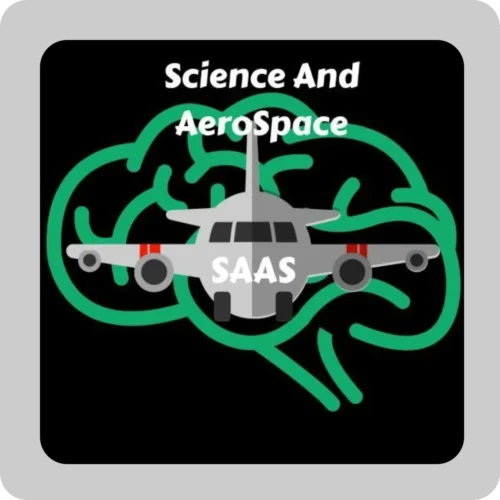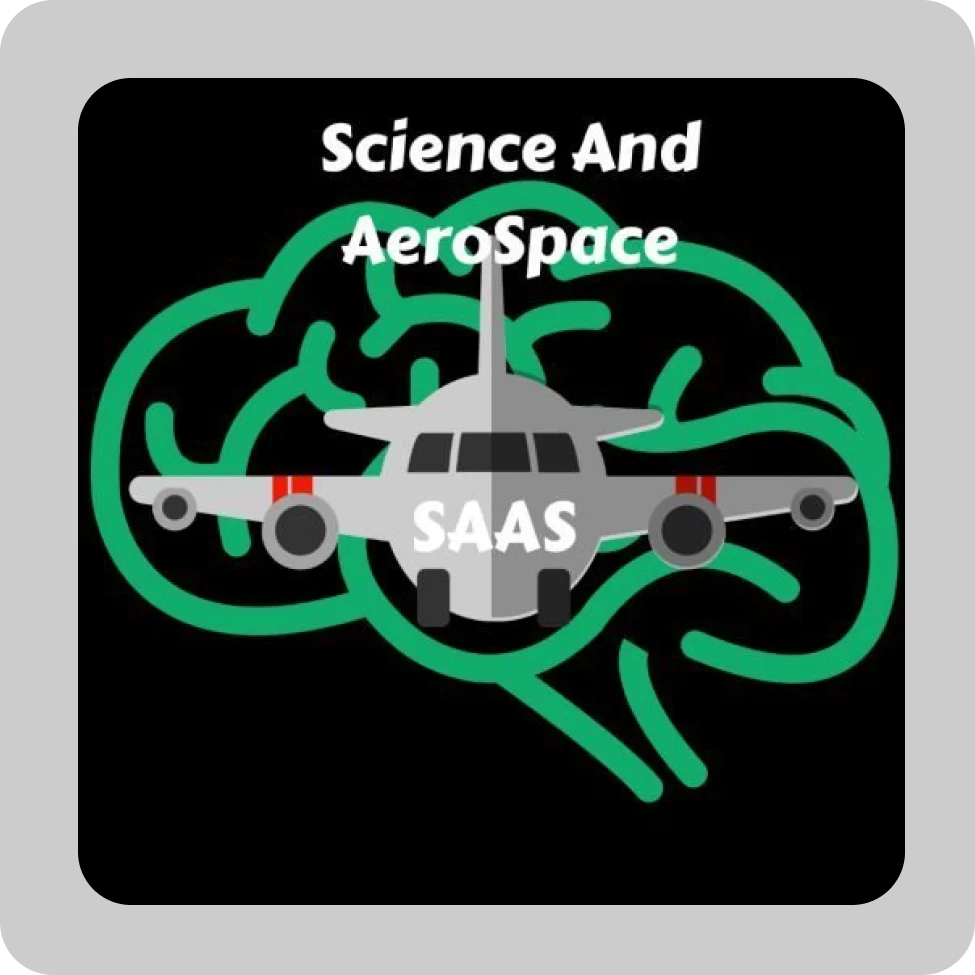Sleep Science in Aviation: Lessons for Peak Performance: Sleep is a critical factor in human performance, especially in high-stakes industries like aviation. Pilots, flight crews, and air traffic controllers operate under demanding schedules, irregular work hours, and long-haul flights, often leading to jet lag, sleep deprivation, and chronic fatigue. Studies indicate that cognitive impairment from 24 hours of wakefulness is equivalent to having a blood alcohol concentration (BAC) of 0.10%, far exceeding the legal limit for driving (FAA, 2023). Recognizing these risks, the aviation industry has invested heavily in fatigue risk management, circadian rhythm research, and sleep optimization strategies to enhance alertness, performance, and safety. These aviation-based sleep science techniques hold valuable insights for business professionals, athletes, and anyone seeking to maximize cognitive function and productivity.
The Impact of Sleep on Aviation Performance
Aviation professionals operate in an environment where split-second decisions determine safety and efficiency. Studies from NASA and the Federal Aviation Administration (FAA) have shown that fatigue contributes to up to 20% of aviation accidents, making it one of the most critical issues in flight safety (NASA, 2023). In commercial aviation, long-haul pilots are often subjected to disrupted sleep patterns, rapid time zone changes, and insufficient rest opportunities, which can severely impact their reaction time, situational awareness, and problem-solving abilities. Therefore the aviation industry’s proactive approach to mitigating fatigue and optimizing performance provides a science-backed framework that professionals in all sectors can apply to improve workplace productivity and personal well-being.
Key Lessons from Aviation Sleep Science
1. The Power of Controlled Rest: Strategic Napping for Peak Performance
Aviation experts emphasize the importance of strategic napping to combat fatigue. Research from NASA found that a 26-minute nap improved pilot performance by 34% and alertness by 54% (NASA, 2023). Controlled naps are incorporated into pilot rest schedules to ensure sustained alertness on long-haul flights. Business professionals, shift workers, and executives managing high workloads can benefit from power naps (10–20 minutes) to boost cognitive function, improve mood, and enhance memory retention.
2. Circadian Rhythm Optimization: Aligning Sleep with Natural Cycles
Circadian rhythms regulate sleep-wake cycles, hormone production, and body temperature, all crucial in cognitive performance. Jet lag, night shifts, and irregular sleep schedules disrupt these natural cycles, leading to decreased mental clarity and increased fatigue-related errors. Aviation experts use light exposure therapy, melatonin regulation, and pre-flight sleep scheduling to help pilots adjust to time zone changes and maintain optimal alertness. Business leaders and professionals can enhance their sleep quality by aligning work schedules with natural circadian rhythms, reducing screen exposure before bed, and strategically using light therapy to regulate wakefulness.
3. Fatigue Risk Management Systems (FRMS): Data-Driven Solutions for Managing Fatigue
Airlines implement Fatigue Risk Management Systems (FRMS)—a data-driven approach that tracks pilot sleep patterns, workload intensity, and flight schedules to prevent excessive fatigue. However these systems rely on biometric tracking, self-reported fatigue assessments, and predictive algorithms to optimize rest periods and mitigate risk. However Organizations can adopt similar fatigue-monitoring methods in corporate settings. This can be done through wellness apps, flexible work policies, and structured workload distribution to enhance employee well-being and performance.
4. Sleep Hygiene & Environmental Factors: Creating an Ideal Sleep Environment
Pilots optimize their sleep environments using noise-canceling technology, blackout curtains, temperature control, and ergonomic sleeping arrangements to ensure high-quality rest during layovers. Maintaining a consistent bedtime routine, avoiding caffeine before sleep, and reducing screen exposure before bed—are key to maintaining alertness and cognitive performance. However, business professionals who frequently travel or work under high stress can improve their sleep quality. By creating a sleep-conducive environment and following structured nighttime routines.
5. The Role of Nutrition & Hydration: Fueling the Body for Better Sleep
Aviation professionals follow specific dietary guidelines to prevent sleep disruptions. Avoiding heavy meals, limiting caffeine intake after midday, and staying hydrated are essential components of sleep optimization. Studies show that a well-balanced diet rich in magnesium, melatonin-producing foods, and hydration supports deep, restorative sleep (Harvard Medical School, 2023). Executives, remote workers, and professionals in demanding roles can enhance their sleep quality. Also their energy levels by incorporating sleep-friendly foods and maintaining proper hydration throughout the day.
Applying These Lessons Beyond Aviation
The aviation industry’s approach to sleep science is relevant beyond the cockpit. Workplace fatigue, sleep deprivation, and burnout affect millions of employees worldwide, thereby reducing productivity and increasing health risks. By integrating aviation-based sleep strategies, organizations can:
- Encourage Workplace Naps – Implement power nap stations or scheduled breaks to allow employees to recharge.
- Support Circadian Alignment – Promote flexible work hours that align with employees’ natural productivity peaks.
- Implement Fatigue Monitoring Systems – Use wearable tech and self-assessments to track and manage workforce fatigue.
- Create a Sleep-Conducive Work Culture – Reduce excessive workload pressure, promote work-life balance, and educate employees on sleep health.
- Enhance Travel Sleep Support – Provide blue light filters, noise-canceling headphones, and melatonin supplements for employees who frequently travel.
Conclusion
Therefore the aviation industry has mastered the science of sleep optimization. Offering evidence-based strategies that can be applied across industries to enhance alertness, cognitive function, and overall performance. Although professionals in all sectors can improve their productivity and mental clarity. By adopting techniques such as controlled rest, circadian rhythm alignment, fatigue management, sleep hygiene improvements, and nutrition adjustments. As industries demand higher cognitive function, efficiency, and resilience, prioritizing sleep. Health is no longer a luxury—it’s a necessity for sustained success.
- FAA (2023). Fatigue and Performance: The Impact of Sleep Deprivation on Aviation. Federal Aviation Administration. Available at: https://www.faa.gov
- NASA (2023). Fatigue Management and the Role of Napping in Aviation. National Aeronautics and Space Administration. Available at: https://www.nasa.gov3. Harvard Medical School (2023). Nutrition and Sleep: How Diet Affects Restorative Sleep. Harvard Health Publishing. Available at: https://www.health.harvard.edAviation Safety Network (2023). The Role of Fatigue in Aviation Accidents. Available at: https://aviation-safety.net
4. The Journal of Sleep Research (2022). Circadian Rhythms and Their Impact on Workplace Performance: Implications from Aviation. Available at: https://onlinelibrary.wiley.com/journal/13652869
5.The Sleep Foundation (2023). Sleep Hygiene: Creating a Healthy Sleep Environment. Available at: https://www.sleepfoundation.org


